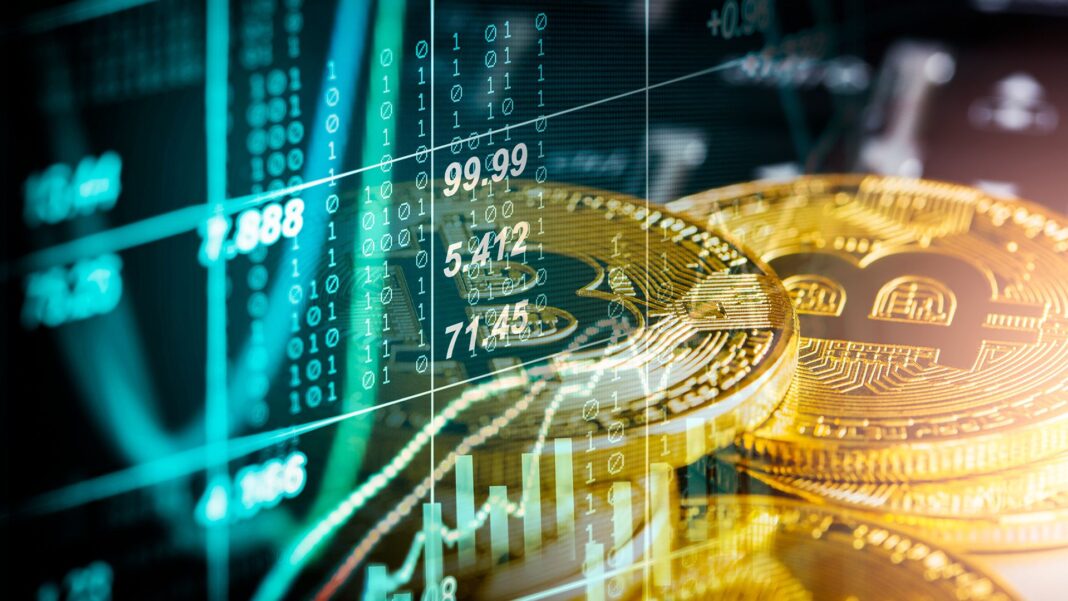Bitcoin: The Digital Gold That Started It All
Imagine a world where you could send money to anyone, anywhere, without needing a bank or government. No holidays, no extra fees for international transfers, and complete transparency about every transaction (but not who made it). This dream led to Bitcoin.
- The Origin: A Mysterious Birth in Crisis
- Who Created It? Bitcoin was created by an unknown person or group using the name Satoshi Nakamoto. To this day, nobody knows who Satoshi Nakamoto truly is!
- When was it born? The idea for Bitcoin was first described in a “whitepaper” (a detailed document) by Satoshi Nakamoto in October 2008. This was a time when the world was facing a huge financial crisis, and many people were losing trust in banks and traditional financial systems.
- Why was it created? Satoshi wanted to create a “peer-to-peer electronic cash system” – meaning people could send money directly to each other online, without any middlemen like banks. The goal was to build a financial system based on trust in mathematics and computer code, not trust in institutions. Bitcoin software was released in January 2009, and the first Bitcoins were “mined” then.
- The Mechanics: How Does Bitcoin Work? (Like a Digital Gold Mine)
Bitcoin fundamentally relies on Blockchain Technology, which we discussed earlier. Here’s a simplified look at its mechanics:
- Digital Coins in a Digital Wallet: Each Bitcoin (or a fraction of it) exists as a digital entry in a public, shared record. You “own” Bitcoin through a digital wallet (an app on your phone or computer), which holds your unique digital keys.
- The Public Ledger (Blockchain): Every single Bitcoin transaction, from the very first one, is recorded on a massive, shared, and unchangeable digital ledger called the Bitcoin Blockchain. It’s like a huge, open register where everyone can see every transaction that has ever happened (though the names are hidden behind codes).
- “Mining” New Bitcoins: This is how new Bitcoins are created and how transactions are verified:
- Powerful computers (called “miners”) around the world compete to solve complex mathematical puzzles.
- When a miner solves a puzzle, they get to add a new “block” of verified transactions to the blockchain.
- As a reward for their work, the winning miner receives newly created Bitcoins and also earns small fees from the transactions they verified.
- This “mining” process is designed to be difficult, ensuring that new Bitcoins are introduced into the system at a slow, predictable rate.
- Limited Supply: Just like real gold is limited, Bitcoin’s design ensures that there will only ever be a maximum of 21 million Bitcoins created. This scarcity is a key factor in its value, often leading people to call it “digital gold.”
- No Central Control: Because thousands of computers maintain the blockchain and verify transactions, no single bank, government, or individual can control Bitcoin, tamper with its records, or decide to print more of it. This decentralization is its core strength.
3. The Impact: Bitcoin’s Ripple Effect on the Global Financial System
Bitcoin, despite its relatively short existence, has had a profound impact:
- The Birth of Cryptocurrencies: Bitcoin was the first successful cryptocurrency and proved that digital money could exist and function without central control. This inspired thousands of other cryptocurrencies (altcoins) to be created, each with its own purpose.
- Introducing Blockchain Technology: Bitcoin brought blockchain to the world’s attention. This underlying technology is now being explored and adopted by various industries beyond finance (like supply chain, healthcare, land records) for its security, transparency, and efficiency.
- Challenging Traditional Finance: Bitcoin (and crypto) questioned the very idea of centralized money and banking. It pushed financial institutions to consider decentralization, digital payments, and new ways of doing business. While it hasn’t replaced traditional systems, it has certainly made them innovate.
- New Investment Class: Bitcoin quickly became a new type of asset for investors. Its high volatility means its price can swing wildly, leading to huge gains for some and significant losses for others. It’s often seen as a speculative investment, similar to investing in high-growth tech stocks.
- Global, Borderless Transactions: Bitcoin opened up possibilities for faster and cheaper international money transfers, bypassing traditional banking channels. This is particularly appealing for cross-border payments and remittances, including for Non-Resident Indians (NRIs) or those sending money abroad.
- Regulatory Scrutiny: The rise of Bitcoin forced governments and financial regulators worldwide (including the RBI in India) to start thinking about how to manage and regulate this new digital asset class, leading to ongoing debates about taxation, security, and legality.
- Concept of Digital Gold: For many, Bitcoin has become a “store of value,” similar to gold, especially during times of economic uncertainty. They believe it can protect wealth against inflation or government policies.
In summary, Bitcoin is more than just a digital currency; it’s a groundbreaking technological innovation that challenged traditional financial norms, introduced the world to blockchain, and paved the way for an entirely new digital economy. However, it’s a complex and often volatile asset, and its future remains a subject of ongoing debate and development.




